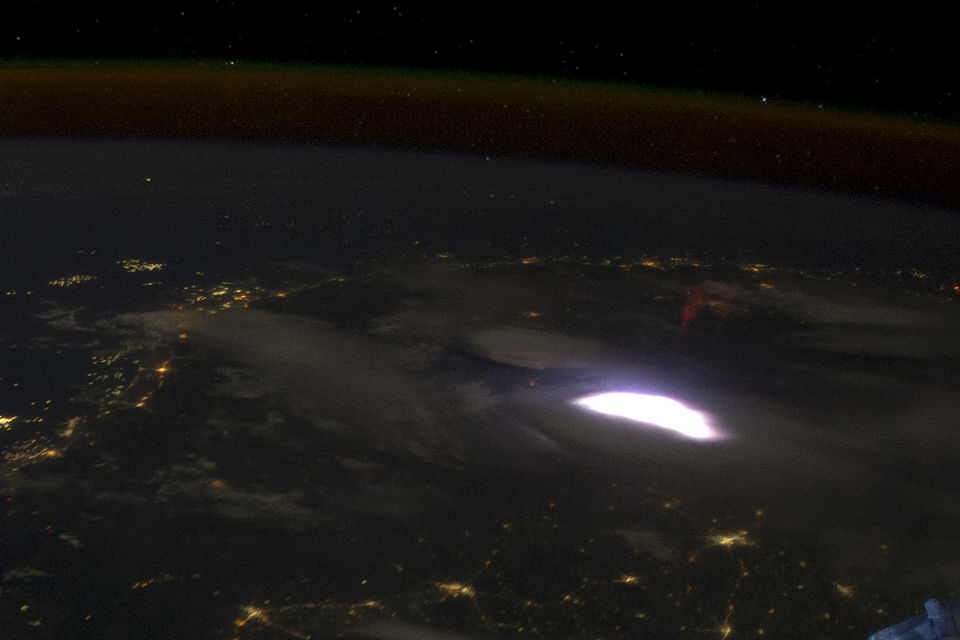NASA Astronauts Capture Stunning Phenomena from the ISS

NASA astronauts aboard the International Space Station (ISS) have captured breathtaking images of rare atmospheric phenomena and celestial events, offering a unique perspective on events occurring 250 miles above Earth. Among the most notable captures are a striking 'red lightning sprite' and the once-in-a-lifetime Comet C/2023 A3 Tsuchinshan-ATLAS.
The 'red lightning sprite', photographed by astronaut Nichole Ayers, showcases a Transient Luminous Event (TLE) that occurs above storm clouds during intense electrical activity. Ayers described the moment on social media, stating, "Just. Wow. As we went over Mexico and the US this morning, I caught this sprite." According to Dr. Emily Foster, an atmospheric scientist at the Massachusetts Institute of Technology (MIT), TLEs are essential for understanding thunderstorm dynamics. "These events can provide insight into the electrical processes occurring during thunderstorms, which are still not fully understood," she remarked in her 2022 paper published in the Journal of Atmospheric Sciences.
In addition to the sprite, astronaut Don Pettit captured Comet C/2023 A3, nicknamed the 'comet of the century', during its recent pass by Earth. This icy comet, which will not be visible again for approximately 80,000 years, has been described by scientists at the Royal Astronomical Society as exceptionally bright and rare. Dr. Jonathan Keats, a senior astronomer at the Society, noted, "The visibility of this comet provides a rare opportunity for both amateur and professional astronomers to study its characteristics and behavior."
Other stunning images from the ISS include the auroras interacting with airglow, photographed by astronauts Scott Kelly and Tim Peake, which display the vibrant colors of the northern lights. This phenomenon results from charged solar particles colliding with Earth's atmosphere, creating mesmerizing displays of light.
Moreover, NASA's Earth Observatory recently released images of the Klyuchevskoy volcano in Russia during an eruption phase, showcasing a plume of smoke extending over a thousand miles into the atmosphere. The volcano is one of over 300 in the region, underscoring the dynamic nature of Earth's geological processes.
The ISS has been a platform for scientific discovery since its launch in 1998, allowing astronauts to conduct research and capture unique images of Earth and space. As of December 2023, astronauts have participated in 275 spacewalks, contributing significantly to our understanding of life in space and the Earth’s environment.
The implications of these images stretch beyond mere aesthetics. They provide valuable data for scientists studying atmospheric phenomena, climate change, and geological activity. With the ongoing research facilitated by NASA and international partners, the ISS continues to be a vital asset in advancing scientific knowledge.
As technology improves, the potential for capturing and analyzing such phenomena will only increase. Future missions aboard the ISS are expected to further enhance our understanding of both terrestrial and extraterrestrial events, paving the way for new discoveries in the fields of meteorology, astronomy, and environmental science.
Advertisement
Tags
Advertisement





